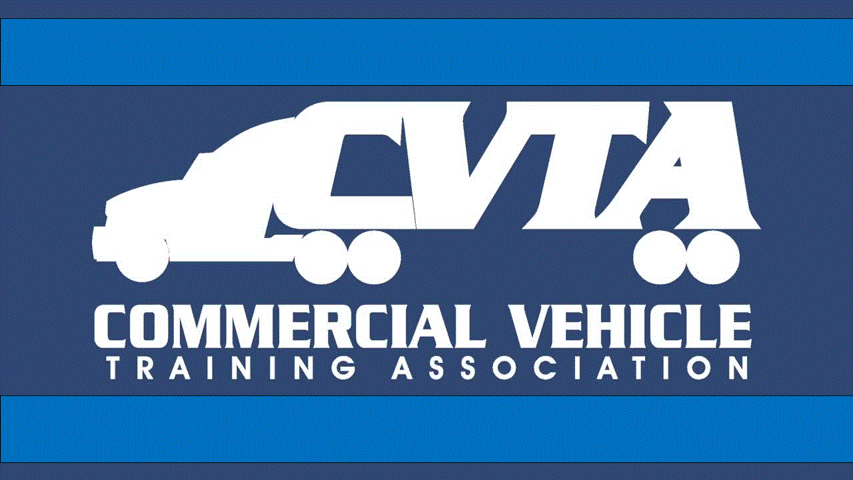When it comes to the world of trucking, ensuring a balanced load is both an art and a science. Proper load balancing isn’t just about maximizing the space inside a semi-truck but also ensuring the safety of the vehicle, the driver, and everyone else on the road. In this post, we’ll delve into the critical importance of load balancing in freight, understanding weight limits, and how to distribute weight correctly across axles.
1. Understanding Weight Limits: Safety and Regulations
Every truck, based on its design and specifications, has a maximum allowable weight it can carry. This weight is commonly known as the Gross Vehicle Weight Rating (GVWR). Exceeding the GVWR is not only dangerous but can also result in hefty fines and penalties.
The government sets regulations for weight limits to ensure the safety of all road users, as overloaded trucks can strain infrastructure like bridges and roads and can be more challenging to control, increasing the likelihood of accidents.
2. Axle Weight: It’s Not Just About Total Load
While keeping the total weight under the GVWR is crucial, how that weight is distributed across the truck’s axles is equally important. Each axle, or set of axles, has its weight limit. This is typically referred to as Gross Axle Weight Rating (GAWR).
Improperly distributed loads can lead to:
- Uneven tire wear, leading to increased maintenance costs and reduced tire lifespan.
- Reduced fuel efficiency.
- Reduced braking efficiency, making it harder for the truck to stop in emergencies.
- Increased risk of axle or tire failure, potentially leading to dangerous situations on the road.
3. The Art of Balancing
Balancing a load correctly requires attention to detail and a keen understanding of your cargo.
Here are a few steps to help you achieve optimal load balance:
- Know Your Freight: Different goods have varying weights and sizes. Understanding your cargo is the first step to balancing it correctly. Heavy items like machinery parts need to be placed differently compared to lighter items like textiles.
- Distribute Weight Evenly: Always aim to distribute weight equally on both sides of the truck. This ensures better stability while on the move.
- Position Heavy Items at the Bottom: To prevent your cargo from shifting, place heavier items at the bottom and lighter ones on top.
- Mind the Axle Weights: While loading, constantly monitor the weight on each axle. The goal is to stay within the limits for each axle and the GVWR for the entire vehicle.
4. Modern Tools to the Rescue
Thankfully, truck drivers aren’t left to guesswork. Modern weighing scales and load balancing tools can provide real-time feedback during the loading process, ensuring that weight limits for each axle and the overall truck are not exceeded. Always take advantage of these tools to make the balancing process more accurate and efficient.
5. Continuous Learning and Training
For truck driving schools like ours, teaching the art of load balancing is paramount. Proper education ensures our graduates are well-equipped to handle the challenges of freight loading. Continuous learning and real-world practice can help every driver become an expert in this essential aspect of trucking.
Start Your Trucking Career
The art of load balancing in freight is a critical skill every truck driver should master. It goes beyond merely filling up a truck but focuses on ensuring safety, efficiency, and compliance with regulations. With the right knowledge, tools, and training, achieving a perfectly balanced load becomes second nature, ensuring a safer and more efficient journey for every freight trip.




